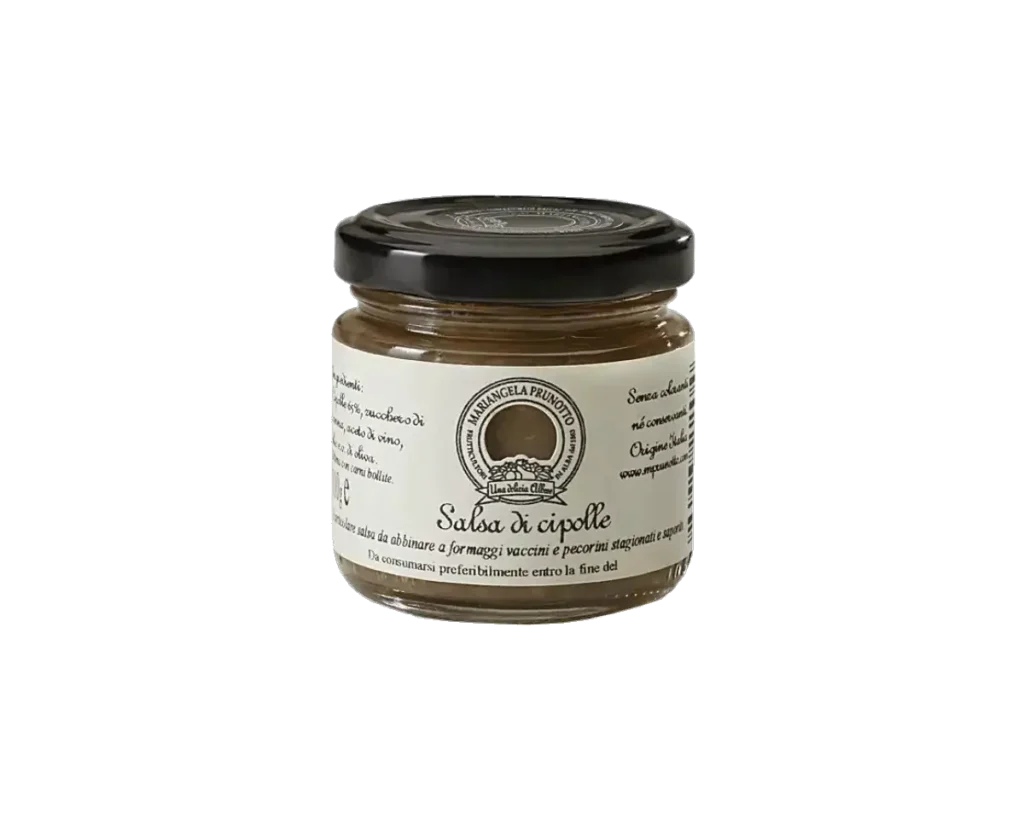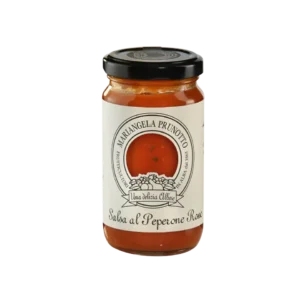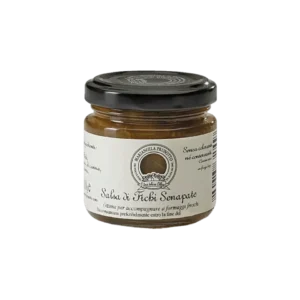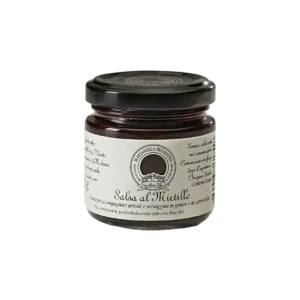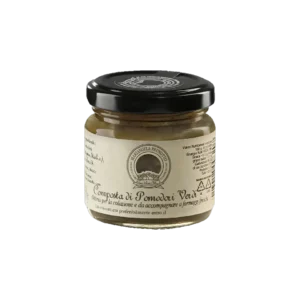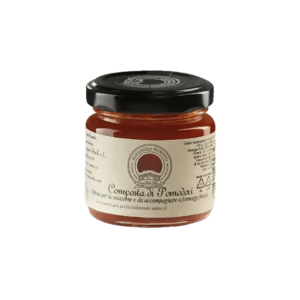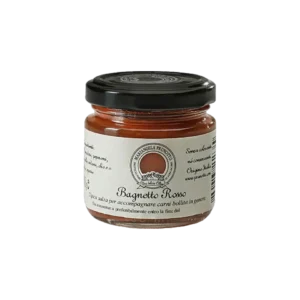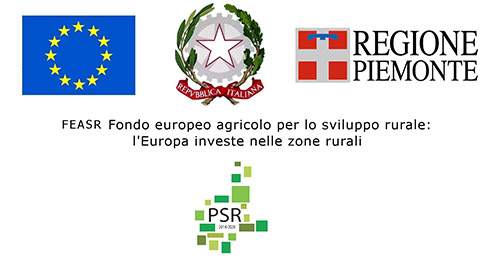Varietal Characteristics
The onion plant is a biennial herbaceous crop, generally grown as an annual for the production of its distinctive bulbs, which are widely used in cooking for their distinctive flavor. The onion is distinguished by its underground bulb, formed by modified leaves that accumulate nutrients and aromatic substances. This bulb can come in different shades, from white to yellow to red, and has an outer surface covered with a dry, fibrous coating that protects it. Above ground level, the onion develops a set of long, slender, deep green leaves that grow erect and form a rosette.
In the second year of growth, if not harvested, the onion bulb produces a tall, cylindrical flower stalk, at the end of which develops an umbel of small flowers, which may be white or pink. These flowers, hermaphroditic and pollinated by insects, give rise to small black seeds, which can be collected for later planting. Onions can be divided into several varieties, such as the white onion, with a milder, more versatile flavor; the yellow onion, known for its rich, sweet flavor ideal for cooking; and the red onion, with a spicier, crispier flavor, often used raw to add color and freshness to dishes.
This plant is quite hardy and grows well in temperate climates, preferring well-drained, organic-rich soils. Although it is cold hardy, it can suffer in excessively humid conditions or extreme heat without proper irrigation. The onion is suitable for many culinary uses because of its versatility and its ability to enrich dishes with a variety of flavors and aromas.

